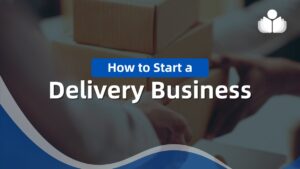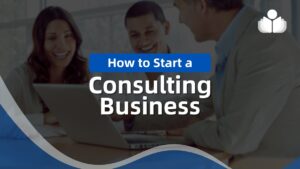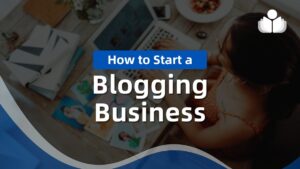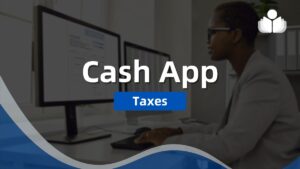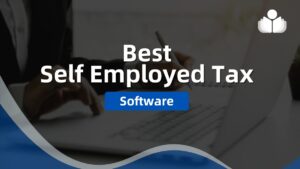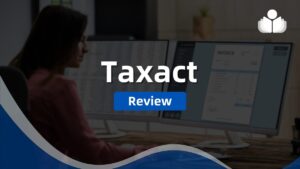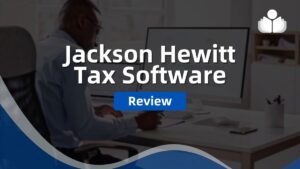© Copyright Carter McNamara, MBA, PhD, Authenticity Consulting, LLC.
Adapted from the Field Guide to Nonprofit Program Design, Marketing, and Evaluation and Field Guide to Consulting and Organizational Development.
Sections of This Topic Include
Also, consider
Related Library Topics
Learn More in the Library’s Blogs Related to Selecting Research Methods
In addition to the information on this current page, see the following blogs which have posts related to Selecting Research Methods. Scan down the blog’s page to see various posts. Also, see the section “Recent Blog Posts” in the sidebar of the blog or click on “Next” near the bottom of a post in the blog.
Before selecting the methods you will use in your research, be sure that you have read the topic Planning
Your Research.
Overview of Research Methods
The following table provides an overview of the major methods used for collecting data during evaluations.
|
Method |
Overall Purpose |
Advantages |
Challenges |
| questionnaires, surveys, checklists |
when need to quickly and/or easily get lots of information from people in a non-threatening way |
-can be completed anonymously -inexpensive to administer -easy to compare and analyze -administer to many people -can get lots of data -many sample questionnaires already exist |
-might not get careful feedback -wording can bias client’s responses -are impersonal -in surveys, may need sampling expert – doesn’t get full story |
| interviews | when want to fully understand someone’s impressions or experiences, or learn more about their answers to questionnaires | -get a full range and depth of information -develops a relationship with the client -can be flexible with client |
-can take much time -can be hard to analyze and compare -can be costly -The interviewer can bias the client’s responses |
| documentation review | when want the impression of how the program operates without interrupting the program; is from review of applications, finances, memos, minutes, etc. |
-get comprehensive and historical information -doesn’t interrupt the program or the client’s routine in a program -information already exists -few biases about information |
-often takes much time -info may be incomplete -need to be quite clear about what looking for -not flexible means to get data; data restricted to what already exists |
| observation | to gather accurate information about how a program actually operates, particularly about processes |
-view operations of a program as they are actually occurring -can adapt to events as they occur |
-can be difficult to interpret seen behaviors -can be complex to categorize observations -can influence the behaviors of program participants -can be expensive |
| focus groups | explore a topic in depth through group discussion, e.g., about reactions to an experience or suggestion, understanding common complaints, etc.; useful in evaluation and marketing | -quickly and reliably get common impressions -can be an efficient way to get much range and depth of information in a short time – can convey key information about programs |
-can be hard to analyze responses -need a good facilitator for safety and closure -difficult to schedule 6-8 people together |
| case studies | to fully understand or depict client’s experiences in a program, and conduct comprehensive examination through cross-comparison of cases | -fully depicts the client’s experience in program input, process, and results -powerful means to portray the program to outsiders |
-usually quite time-consuming to collect, organize, and describe -represents depth of information, rather than breadth |
Also consider:
Four Levels of Research Results
There are four levels of information that can be gathered from customers or clients, including getting them:
1. reactions and feelings (feelings are often poor indicators that your service made a lasting impact)
2. learning (enhanced attitudes, perceptions, or knowledge)
3. changes in skills (applied the learning to enhance behaviors)
4. effectiveness (improved performance because of enhanced behaviors)
Usually, the farther your research results get down the list, the more useful is your research results. Unfortunately, it is quite difficult to reliably get information about effectiveness. Still, information about learning and skills is quite useful.
For the Category of Business Research:
To round out your knowledge of this Library topic, you may want to review some related topics, available from the link below. Each of the related topics includes free, online resources.
Also, scan the Recommended Books listed below. They have been selected for their relevance and highly practical nature.
 Sections of this topic
Sections of this topic




